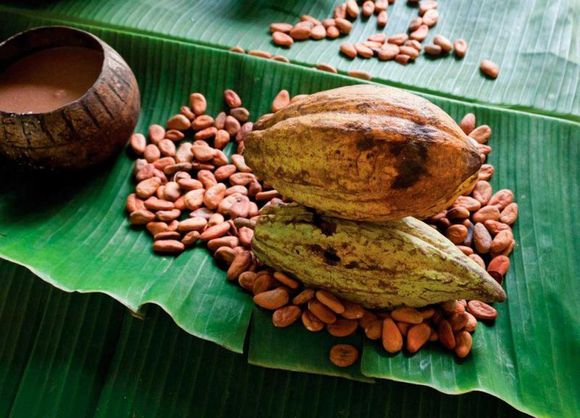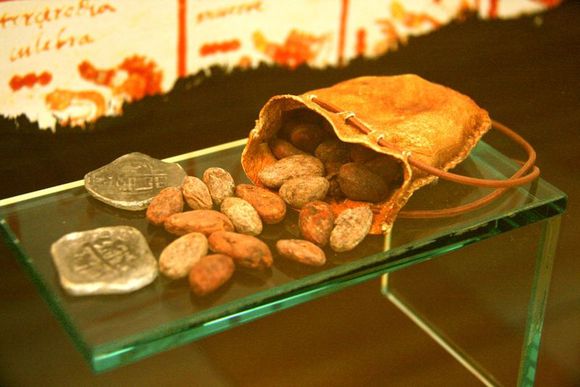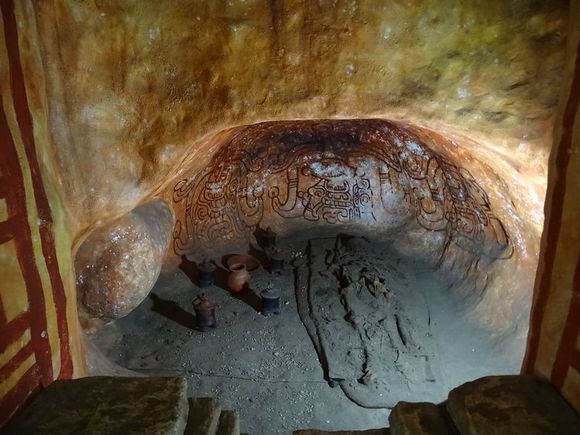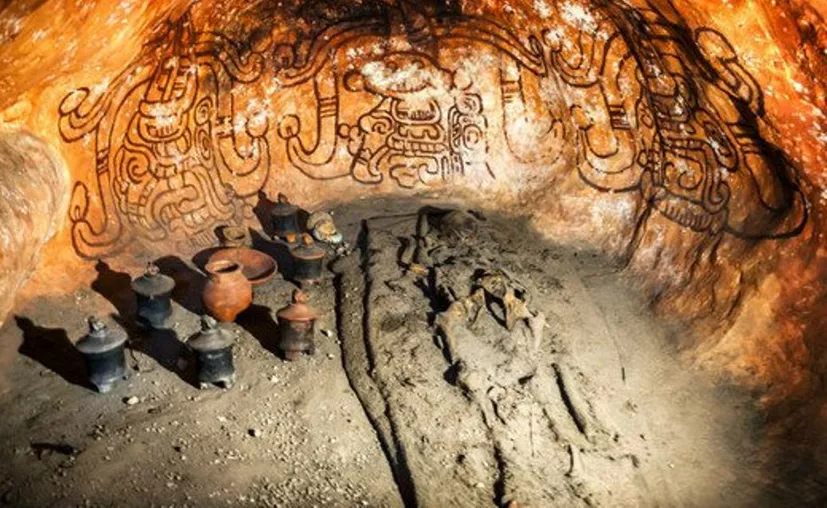MÉRIDA, Yucatán, (November 02, 2021).- At this time of Hanal Pixán in Yucatán, it is worth knowing some history about the meanings that food had within the Maya culture, and one of them was cocoa, related to the underworld.
Cacao was highly valued in the Maya culture, where it was associated with the symbolism of the underworld because it needed the shadow of the Cacahuananche to grow, said Tomás Pérez Suárez, a researcher at the Institute of Philological Research.

In fact, added the interviewee belonging to the Center for Maya Studies, the original word for Cacahuananche would be cacáhuatl (cocoa) and nantzin (mother), thus, her name means the mother of cocoa.
“In the Mesoamerican way of thinking, the night is not a dark place, but on the contrary, night and day complement each other, there is no such dichotomy as in Western thought”, he stressed.
And indeed, cocoa was complemented with corn, related to the day, by growing in open cornfields with solar radiation, said the expert on the subject.
Origin of cocoa
The Mayas were the first to domesticate it and possibly spread it throughout this region until reaching the Teotihuacán plateau.
And certainly, the interviewee stressed, it was used as currency, you could buy things if you paid with cocoa.

As for the word chocolate, the archaeologist narrated that it appeared in the late sixteenth and early seventeenth centuries.
Its origin could come from the Maya ‘Chocol’, which means stirred or hot, and from the Nahuatl ‘atl’, with the translation of water. Thus, its translation would be hot or stirred water.
Cacao in Maya rituals
There is little information on how cacao was used in Maya rituals, but due to the context narrated in clay containers, we see it above all in funerary contexts.
In fact, one of the most beautiful vessels found by researchers is known as the chocolate maker from a tomb called Río Azul, located northeast of Petén, Pérez Suárez explained.

It is a glass that was hermetically closed, and on its lid had a hieroglyphic inscription with the legend, “this is your vessel for your fresh cocoa drink.”
It was analyzed and found to contain theobromine. From these findings, jugs of this type were found in many other tombs, where the important thing was their content.
In another context, it used to appear on vessels where a celebration was narrated taking cocoa. Apparently, it was quite frequent at court.

In the Maya area, there was practically a lot of cocoa production, perhaps access was less limited in the central highlands where it occurs easily, but in the highlands, cocoa had to be brought from the hot land, for this reason, there were restrictions, not everyone had access to consume it, he emphasized.
And in the Mexica empire, where trade and cocoa production were centralized in Tenochtitlán, it was given as tributes to the military, he concluded.
Source: Sipse
TYT Newsroom



